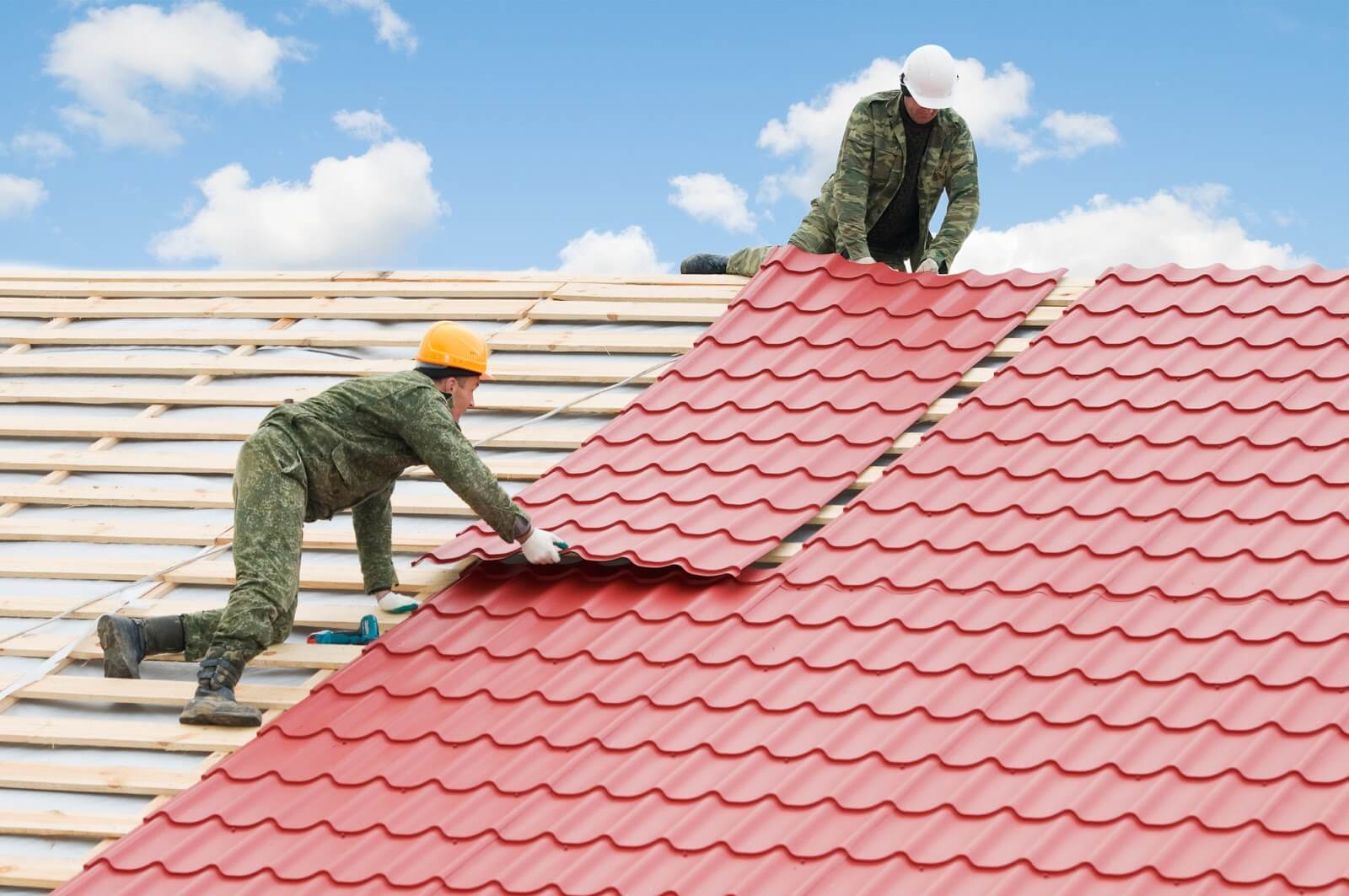A well-maintained roof is not only a vital component of a home’s structure but also a safeguard against the elements. Whether it’s the scorching sun, torrential rain, or heavy snowfall, your roof bears the brunt of Mother Nature’s forces. Recognizing the signs of roof damage, understanding its causes, and taking proactive measures to prevent and address issues are essential for preserving the integrity of your home. In this article, we will delve into the world of roof damage, discussing its types, signs, consequences, prevention methods, and the crucial steps to address any damage that may occur to get visit Greg Buys Houses website.
Understanding Roof Damage
Types of Roof Damage
Roof damage comes in various forms, each with its own set of causes and implications. Leaks are a common issue, often resulting from damaged or improperly installed roofing materials. Shingle damage can occur due to wind, hail, or wear and tear, compromising the roof’s protective barrier. Structural problems, such as sagging or rotting, may develop over time, posing serious threats to the entire roofing system.
Signs of Roof Damage
Identifying roof damage is crucial for timely intervention. Water stains on ceilings and walls, interior leaks, and mold growth are telltale signs of roof issues. Exterior signs may include missing or damaged shingles, cracked flashing, and curled edges. Understanding these signs and their underlying causes is essential for addressing roof damage effectively.
The Consequences of Neglect
Neglecting roof damage can lead to a cascade of problems. Structural damage may compromise the integrity of your home, resulting in costly repairs. Mold growth due to moisture intrusion can pose health risks to occupants. Additionally, energy bills may increase as damaged roofs struggle to maintain insulation efficiency. Addressing roof damage promptly is essential to mitigate these consequences.
Preventing Roof Damage
Regular Roof Inspections
Regular roof inspections, conducted by professionals or homeowners, are the first line of defense against roof damage. Professionals can identify hidden issues, while homeowners can perform visual inspections to spot obvious problems. Early detection is key to preventing minor issues from escalating into major damage.
Proper Maintenance
Proper maintenance plays a pivotal role in extending the lifespan of a roof. Tasks like cleaning gutters, trimming overhanging branches, and removing debris can prevent water from pooling or causing structural stress. Maintenance also includes addressing issues promptly, such as replacing missing shingles or damaged flashing.
Weatherproofing
Weatherproofing measures are essential for protecting a roof from the elements. Installing weather-resistant materials, such as ice and water shields, can prevent water infiltration during heavy rain or ice dam formation in cold climates. Proper ventilation helps regulate temperature and humidity, reducing the risk of moisture-related damage.
Addressing Roof Damage
DIY Repairs vs. Professional Assistance
While some minor roof repairs can be tackled as DIY projects, others require professional expertise. Attempting complex repairs without the necessary skills can worsen the damage and pose safety risks. Homeowners should know their limits and seek professional assistance when needed to ensure effective and safe repairs.
Insurance Claims and Roof Repairs
Navigating insurance claims for roof damage can be challenging. Documenting the damage, obtaining estimates, and understanding insurance coverage are crucial steps. The extent of coverage may vary based on the cause of the damage, so homeowners should be well-informed when filing claims.
Roof Replacement Considerations
In some cases, roof damage may be extensive, requiring a full roof replacement instead of repairs. Factors such as the age of the roof, the extent of damage, and the type of roofing material influence this decision. Investing in a quality roof replacement can provide long-term benefits, including enhanced durability and energy efficiency.
Conclusion
In conclusion, roof damage is a significant concern for homeowners, but with awareness and proactive measures, it can be effectively managed. Regular inspections, proper maintenance, and weatherproofing can prevent damage and extend the life of your roof. When damage does occur, knowing when to seek professional assistance and understanding insurance claims can make the process smoother. Ultimately, protecting your roof means safeguarding your home, your investment, and the well-being of your family. For more information and expert advice on roof-related issues, visit Greg Buys Houses website.




